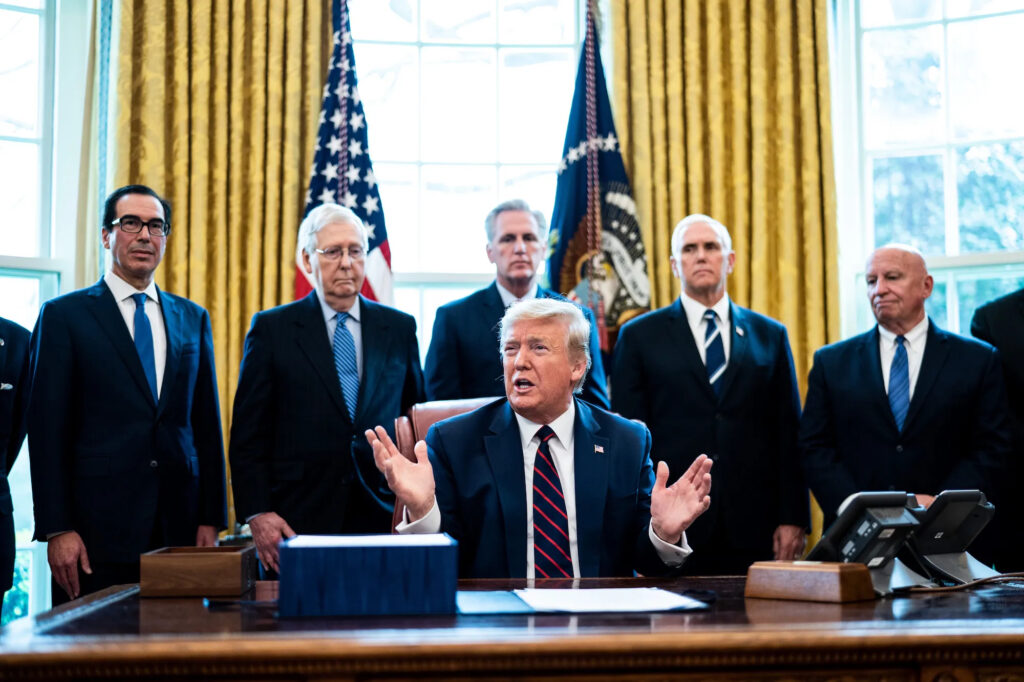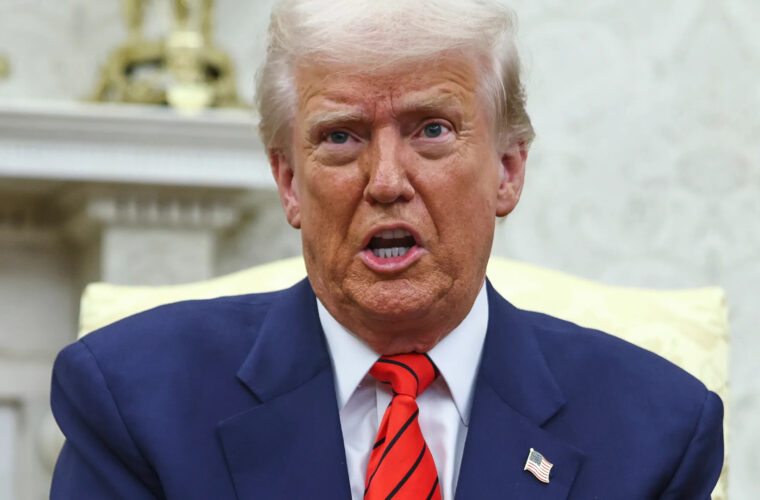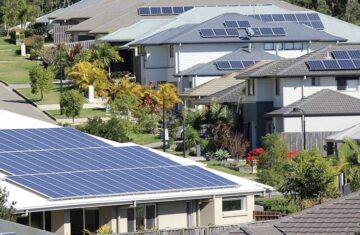The Trump administration’s recent declaration of a national energy emergency aims to expedite fossil fuel development, imposing tariffs that have raised operational costs for the renewable energy sector. As a result, the Monthly Metals Index (MMI) for renewable energy materials has increased slightly by 1.86% month-over-month, but the landscape for renewable energy projects is facing significant challenges due to shifting federal policies and economic pressures.
Since taking office in January 2025, the Trump administration has introduced a series of transformative energy policies. Among these, the declaration of a national energy emergency, the imposition of tariffs on essential metals, and the rollback of environmental regulations stand out as pivotal actions that could reshape the U.S. energy sector.
On January 20, 2025, President Trump signed an executive order declaring a national energy emergency. This move is designed to accelerate fossil fuel development by removing regulatory barriers that have historically slowed energy infrastructure projects. Proponents argue that this initiative will bolster U.S. energy exports and create numerous jobs in the oil, gas, and coal industries. According to a statement from the administration, the initiative could generate up to 200,000 jobs in energy-related sectors over the next five years.
However, critics of the policy argue that prioritizing fossil fuels over renewable energy undermines efforts to combat climate change. Environmental advocates assert that the administration’s approach may hinder the progress made toward sustainable energy solutions and could have detrimental effects on public health and the environment. A report from the Environmental Protection Agency (EPA) indicates that increased fossil fuel reliance could lead to higher greenhouse gas emissions, exacerbating climate change.
The administration has also implemented a 25% tariff on imported steel and aluminum, aimed at protecting domestic manufacturing. While this policy is intended to strengthen U.S. manufacturing, it has inadvertently increased costs for industries that rely on these metals, particularly the renewable energy sector. For instance, manufacturers of wind turbines and solar panels now face higher material costs, which could slow the expansion of renewable energy projects.

According to a report from the Solar Energy Industries Association (SEIA), the tariffs could result in a loss of over 62,000 jobs in the solar industry alone, as manufacturers struggle to absorb the increased costs. The renewable energy sector is particularly sensitive to changes in material costs; for example, the price of steel accounts for approximately 20% of the total cost of a wind turbine.
In addition to tariffs, the Trump administration has rolled back pollution control regulations that limited soot emissions from coal-fired power plants. By revoking these restrictions, older, high-emission plants can continue to operate without costly upgrades. Industry advocates maintain that this regulatory rollback supports the coal sector and preserves jobs in traditional energy industries. However, environmental groups warn that increased emissions from these plants could harm public health, exacerbating respiratory illnesses and other health issues related to air quality.
A study published in the journal Environmental Health Perspectives highlights that air pollution from coal-fired power plants is linked to approximately 7,500 premature deaths annually in the United States. Critics argue that the administration’s policies prioritize short-term economic gains over long-term health and environmental sustainability.
In a related geopolitical context, President Trump and Ukrainian President Volodymyr Zelenskyy engaged in critical discussions in February 2025 regarding access to Ukraine’s vast critical mineral reserves. These reserves, which include rare earth elements and lithium, are estimated to be worth around $500 billion. As the U.S. seeks to reduce its dependence on foreign minerals, Ukraine’s mineral wealth presents a valuable opportunity.
However, the negotiations took a contentious turn during a televised meeting, with Trump advocating for broader U.S. access to Ukraine’s mineral deposits. Zelenskyy pushed back, emphasizing the need for fair terms and raising concerns about the implications for Ukraine’s sovereignty. The talks ultimately collapsed without a formal agreement, leading to a temporary suspension of U.S. military aid to Ukraine. This diplomatic setback could have long-lasting repercussions for U.S.-Ukraine relations and future energy cooperation.
Amid these developments, the Grain-Oriented Electrical Steel (GOES) MMI experienced a slight month-over-month decline, with prices falling by 3.84%. This decline reflects broader trends in the metals market, as fluctuating prices for raw materials continue to impact various sectors, including renewable energy.
The Trump administration’s energy policies are significantly impacting the renewable energy landscape, with tariffs and regulatory rollbacks creating both challenges and opportunities. As the U.S. navigates this complex energy environment, balancing the interests of fossil fuels and renewable energy will be crucial for shaping its energy future. Stakeholders across the industry must adapt to these changes while advocating for policies that promote sustainable energy solutions.
The implications of these policies extend beyond economic factors, touching on environmental sustainability, public health, and international relations. As the world increasingly shifts toward clean energy, the decisions made today will set the course for the future of energy in the United States and beyond.



